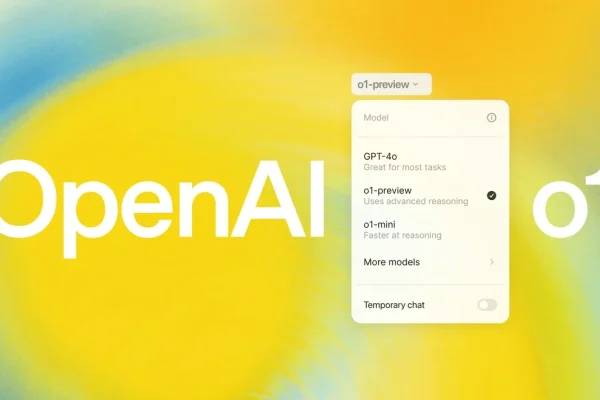

Alright, folks! Buckle up because we’re diving into the wild world of generative AI and its unexpected role in saving endangered languages. You might think AI is all about robots taking over the world, but what if I told you it could also be the superhero we need to keep dying languages alive? Let’s dive in and see how AI is flipping the script on language extinction.
The Problem: Languages on the Brink
Picture this: you’re flipping through the pages of history, and you stumble upon a language that’s on its last legs. It’s like finding a rare, endangered species—only this time, it’s not an animal, it’s a whole way of life, a culture, and a history that’s about to vanish. According to UNESCO, nearly half of the world’s 7,000 languages are endangered. That’s right, folks—we’re losing languages faster than you can say “linguistic diversity.”
Enter Generative AI: The Language Superhero
So, how does AI fit into this picture? Well, generative AI is like the Batman of language preservation. It can create new content, mimic styles, and even generate entire texts in endangered languages. Think of it as a digital linguist on steroids. This AI can learn from the limited data available and use that knowledge to create more content, effectively keeping the language alive.
How It Works: The Magic of Generative Models
Generative models are like the magicians of the AI world. They can take a small sample of a language and use it to generate new sentences, stories, and even conversations. It’s like having a digital clone of a native speaker who can keep the language alive and kicking.
For example, imagine you have a tiny sample of an endangered language—just a few sentences. Generative AI can take that sample, analyze the patterns, and create new sentences that sound just like the original. It’s like cloning a language from a few DNA strands. Pretty cool, huh?
Real-World Examples: AI in Action
Let’s look at some real-world examples to make this a bit clearer. Imagine you’re working with a language that only has a handful of native speakers left. You can use generative AI to create a digital archive of that language. This archive can include stories, poems, and even everyday conversations. It’s like building a digital museum where the language can live forever.
The Impact: Why This Matters
So, why does this matter? Well, language is more than just a way to communicate—it’s a gateway to culture, history, and identity. When a language dies, a whole world dies with it. Generative AI is like the lifeline that keeps these worlds alive. It’s not just about preserving words—it’s about preserving cultures and histories that would otherwise be lost.
The Challenges: It’s Not All Sunshine and Rainbows
Of course, it’s not all sunshine and rainbows. Generative AI has its challenges. One of the biggest issues is data. To create accurate and meaningful content, AI needs a lot of data. But when you’re dealing with endangered languages, data is scarce. It’s like trying to build a skyscraper with a handful of bricks.
Another challenge is accuracy. Generative AI can sometimes get a little too creative. It might generate sentences that sound plausible but are actually total nonsense. It’s like having a toddler who’s just learned to talk—they might say something that sounds convincing but is completely off the mark.
The Future: Where Do We Go From Here?
The future of generative AI in language preservation is both exciting and challenging. As AI continues to evolve, we’ll see more and more innovative ways to tackle the problem of language extinction. But it’s also a reminder that AI is still learning and growing. It’s not perfect, and it’s not always right.
Wrapping It Up: The Takeaway
So, there you have it—a crash course in how generative AI is saving endangered languages. It’s a wild and wonderful world, but it’s also a reminder that AI is still learning and growing. As users, we need to be aware of the limitations and stay curious about the possibilities.
Ready to dive deeper into the world of AI then don’t forget to subscribe to our newsletter for the latest updates and insights. Let’s keep the conversation going!









